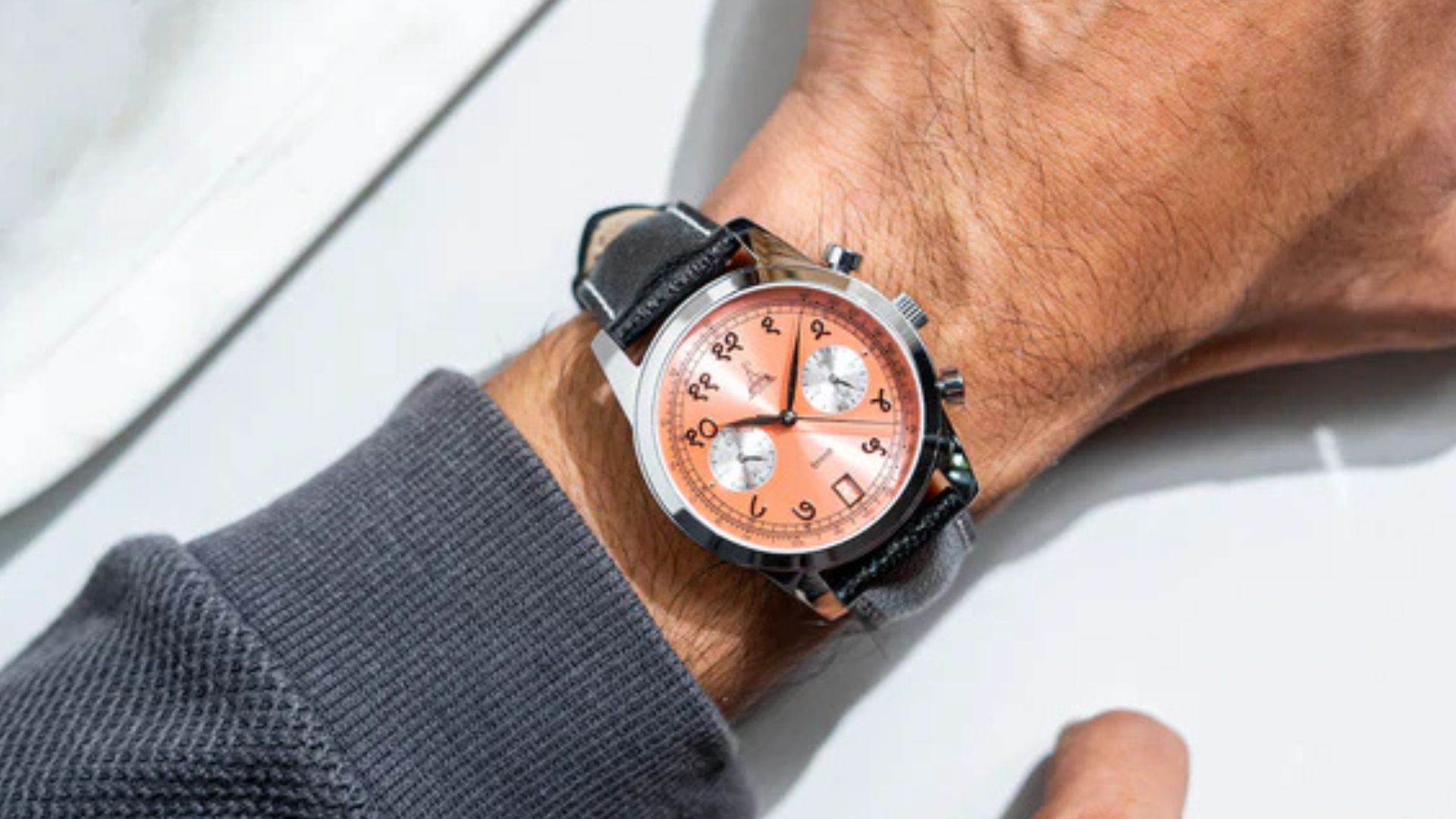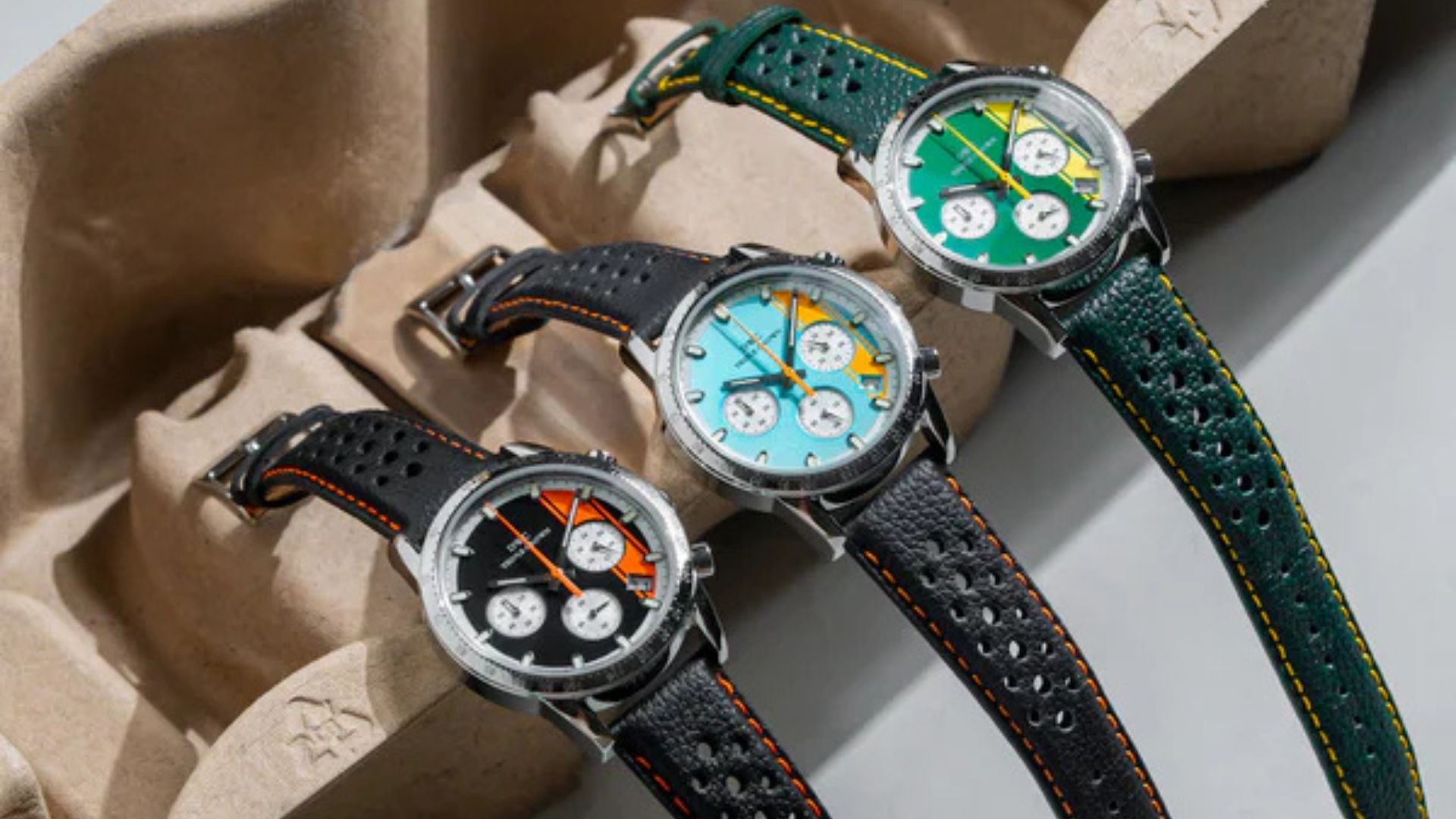Unsung Heroes: The Purpose and Types of Jewels in Watches


Jewels might evoke images of precious stones that are used to adorn watches. However, in the world of watchmaking, jewels also refer to something quite different. They are tiny, synthetic rubies or sapphires, strategically placed within the intricate mechanisms of a watch movement.
Understanding Watch Jewels
To appreciate the importance of jewels in watchmaking, it's essential to grasp their function. Essentially, these minuscule gemstones serve as bearings, reducing friction between the intricate components of a watch movement. This reduction in friction is crucial for enhancing accuracy, extending the watch's lifespan, and optimising its power reserve.
The Two Main Types of Watch Jewels
There are primarily two types of jewels commonly used in watchmaking, each serving a specific purpose in reducing friction within the intricate machinery of a watch movement.
Hole Jewels
As the name suggests, hole jewels have a central hole through which a watch component's pivot point passes. They are typically positioned at the end of a rotating part, such as a wheel or a pinion, to support the pivot and reduce friction.
Cap Jewels
Unlike hole jewels, cap jewels do not have a hole. Instead, they are placed on top of a pivot, often in combination with a spring, to provide additional support and shock resistance.
The Purpose of Jewels in Watchmaking
The use of jewels in watchmaking is intertwined with the evolution of horology itself. As watchmakers sought to enhance the precision and longevity of their timepieces, they experimented with various materials to reduce friction within the intricate mechanisms. The unique properties of rubies and sapphires — hardness, durability, and smooth surfaces — made them ideal candidates.

Over time, watchmakers refined the techniques of shaping and placing these gemstones within the movement, which led to the standardised use of jewels as we know them today. This pivotal advancement significantly contributed to the development of more accurate and reliable timekeeping instruments.
Jewels in the world of horology are far removed from the precious stones we often associate with jewellery. Instead, they are minuscule, synthetic rubies or sapphires that serve a critical function within a watch movement. These tiny gemstones act as bearings, significantly reducing friction between the intricate metal components.
Friction is detrimental to a watch's performance. It causes wear and tear on components, consumes energy, and reduces accuracy. By introducing jewels, watchmakers create a smoother surface for metal parts to interact with each other, minimising these negative effects. This results in increased accuracy, extended lifespan, and improved efficiency of a watch.
The number of jewels in a watch is often used as a general indicator of its quality and complexity. The number of jewels in watches has evolved over time. Vintage timepieces often featured a modest five to six jewels, while modern standards typically range from 17 to 21 jewels; in fact, 17 jewels are generally considered a standard for a fully jewelled mechanical movement.
However, it’s essential to remember that the placement and quality of jewels are as important as the number of jewels. Ultimately, jewels are the unsung heroes of watchmaking, contributing significantly to a watch's performance and longevity.
Image Credits: JLC












.jpg)






